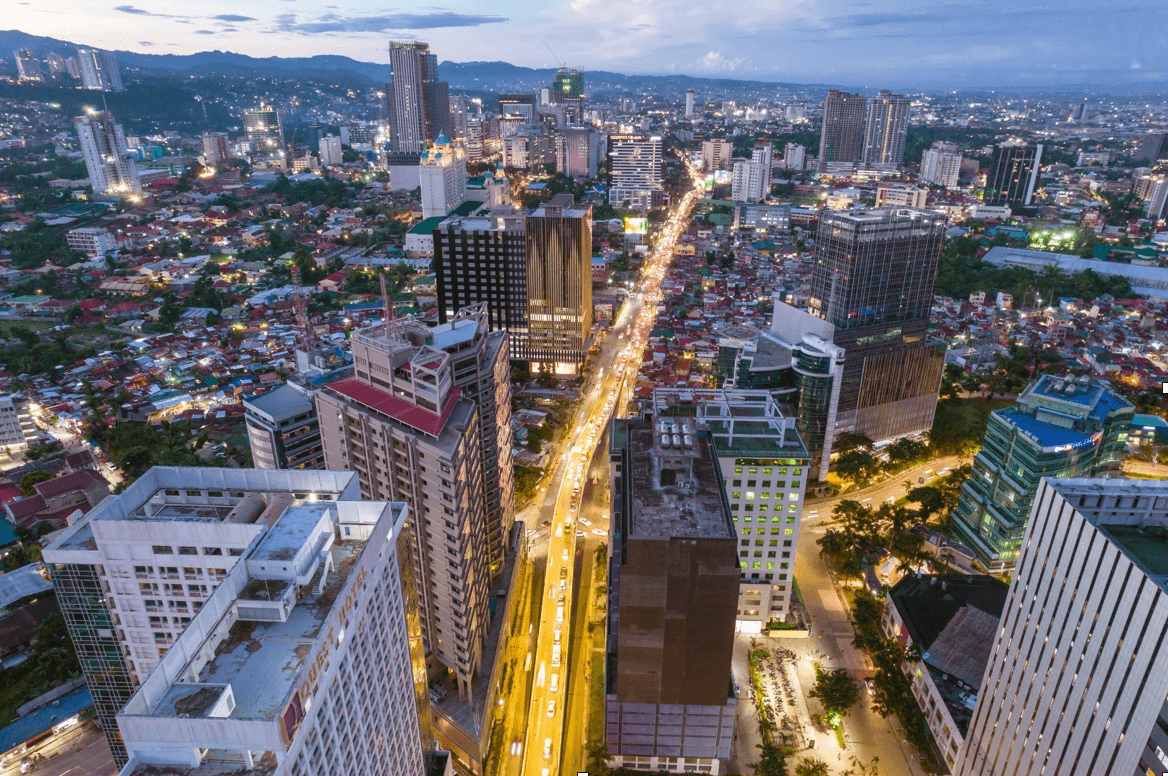
As the Philippines moves to secure its power supplies for the near and medium term, the country's fastest-growing economic hub, Cebu, is aligning its own resources to meet the energy demands of its booming IT-BPM, Tourism, and Manufacturing industries.
At a recent energy forum in Makati City, Energy Secretary Raphael Lotilla emphasized the Department of Energy’s (DOE) support for tapping into existing coal capacity to sustain the country's economic growth. The Philippines currently enjoys the title of ASEAN's fastest-growing economy in 2023 and is expected to maintain this through 2024. Central Visayas and, at its heart, Metro Cebu led all of the Philippines’ 17 regions, registering a 7.3 growth rate in 2023.
According to Lotilla, the Philippines still possesses over 6,300 megawatts of dependable coal capacity aged 10 years or younger. "Maximizing the use of existing energy infrastructure avoids imposing additional cost burdens on both the economy and consumers," said Lotilla.
Cebu isolated
Cebu largely depends on importing electricity from neighboring islands such as Panay and Leyte, supplemented by Luzon. Around 60 percent of its electricity comes from plants outside Metro Cebu.
In the wake of the great Panay Blackout earlier this year and amidst a shortfall projected for Cebu in the next 3 to 4 years, Cebu Governor Gwendolyn emphasized the need to build baseload power plants in Cebu to meet the province’s demand for reliable power to support its rapidly growing economy and population.
“We cannot be relying mainly on others for our power. We need to be self-sufficient, not in 2027 but now,” said Garcia.
Cebu’s rapid development is driven by its strategic location, robust infrastructure, thriving tourism industry, and burgeoning business process outsourcing (BPO) sector. This growth significantly contributes to the national GDP (Gross Domestic Product), creating jobs, attracting foreign investment, and promoting regional prosperity.
Meanwhile, in an interview at the sidelines of the recently held Cebu Business Month Summit at the SM Seaside City, acting Cebu City Mayor Alvin Garcia said the city is taking steps to ensure that it will have sufficient power supply.
“We have to invite investments from the private sectors, especially the power generation companies already here. We only have to let them expand their capacity to supply power to Cebu Island,” Garcia said.
At the same forum, Aboitiz Power Corporation, through its subsidiary Therma Visayas Inc. (TVI), announced its readiness to generate an additional 150 megawatts (MW), which will be operational by 2028.
According to Ronaldo Ramos, COO for operated assets of the AboitizPower Thermal Business Group, the target completion of the brownfield expansion plant in Toledo City will depend on the timely approval and release of the prerequisite permits. Ramos, who spoke on the subject of Energy Security at the Cebu Business Month Summit, assured that once all these requirements are approved, the company will start the construction before end-2025.
Precarious Cebu Energy
According to the Philippine grid operator NGCP, the Luzon and Visayas grids reached their all-time high peak demands for 2024 last April, with the Visayas grid reaching a peak demand of 2,525 MW. The unprecedented surge in demand caused an overloading of the power systems, raising a spate of Red and Yellow alerts across the challenged Luzon and Visayas grids.
As tight power supply conditions persisted due to the sustained high peak demands in both the Luzon and Visayas Grids, the DOE reported that in the period 16 April to 23 May 2024, the Luzon power grid experienced 6 Red Alerts and 20 Yellow Alerts, while the Visayas grid recorded 7 Red Alerts and 20 Yellow Alerts.
Cebu province accounts for half of the Visayas region’s total demand and within Cebu, Metro Cebu with its double-digit economic growth Mandaue, Lapu-Lapu, and Cebu cities accounts for more than half of the province-wide demand. According to the NGCP, all roads lead to Cebu when it comes to power consumption in the Visayas.
The Department of Energy (DOE) projects that energy demand for Cebu Province will reach around 1,400 MW in the next two years and will outpace supply by 2027 unless new baseload power plants are constructed.
On New Coal Moratorium: Exemptions in place “for committed, indicative, and expansion plans” – DOE
At the Makati Forum, Lotilla said that while he sees a “massive room” for growth for renewable energy, particularly solar and wind, its current contribution to the power mix remained sluggish at 22 percent and far from the goal of hitting 35 percent in six years.
On the other hand, coal supplies 62 percent of the country’s needs.
While the DOE continues to maintain a moratorium on the development of new coal plants, according to Lotilla, "exemptions were in place “for committed, indicative, and expansion plans.”
“We do not set aside our responsibility to ensure adequate baseload capacities in conjunction with our push to increase Renewable Energy's share in the power mix,” said Lotilla.